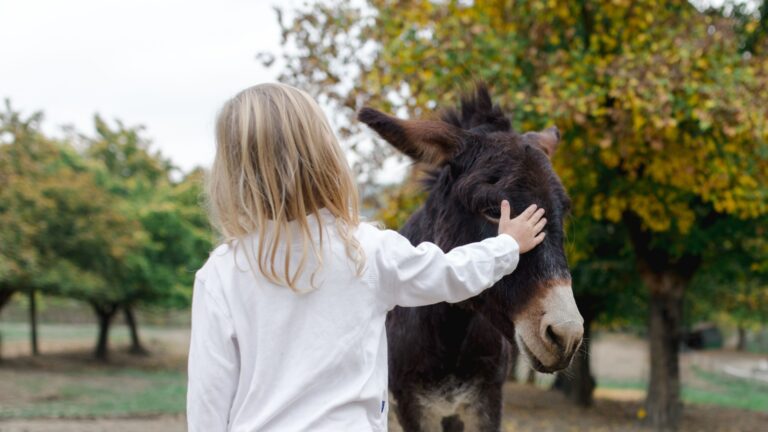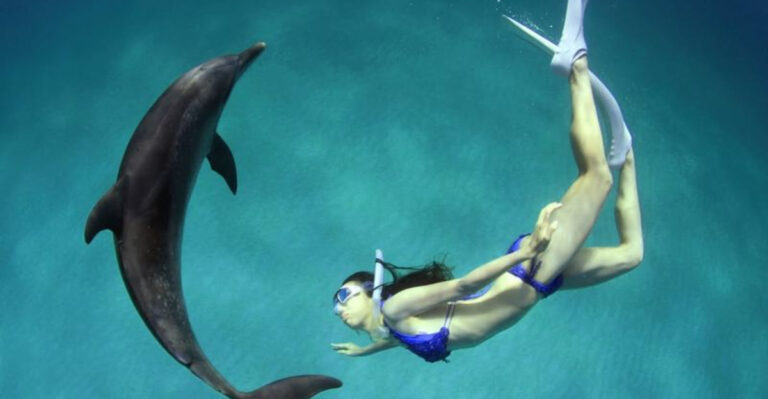14 Remarkable Animal Fossils That Shed Light On Earth’s Ancient Past
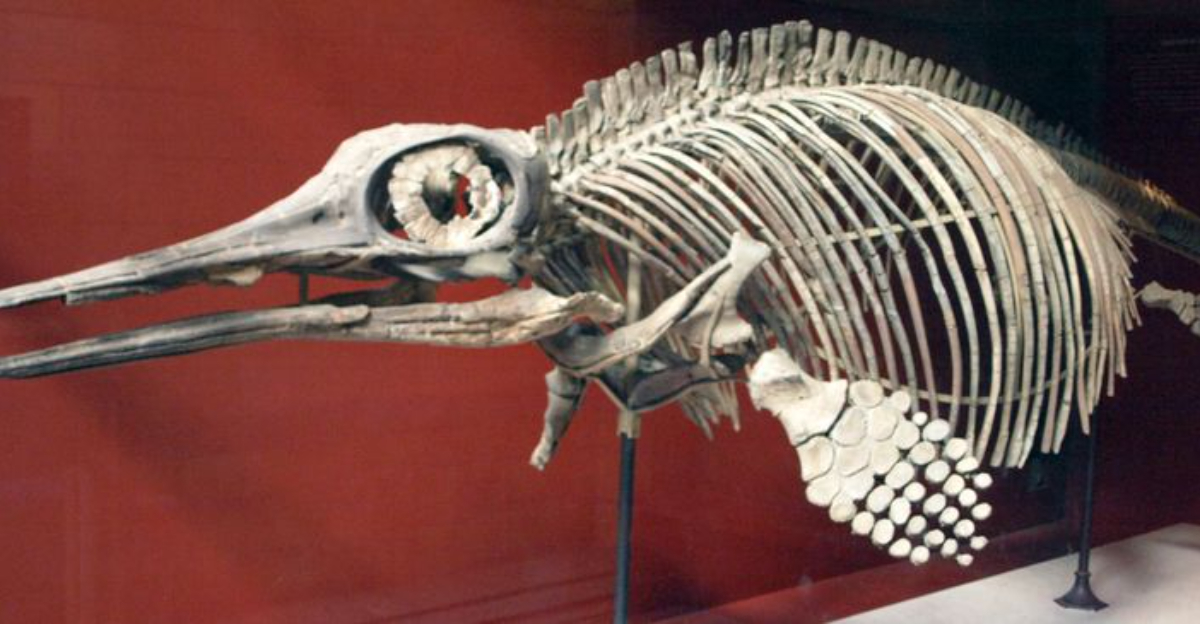
Buried deep within Earth’s layers lie the preserved remains of creatures that once roamed our planet millions of years ago.
These fossilized treasures tell remarkable stories about life before humans existed, revealing the incredible diversity of ancient animals and how they evolved over time.
From massive ocean predators to tiny insects trapped in amber, fossils provide a fascinating window into Earth’s mysterious past.
1. The Archaeopteryx: The Link Between Dinosaurs And Birds
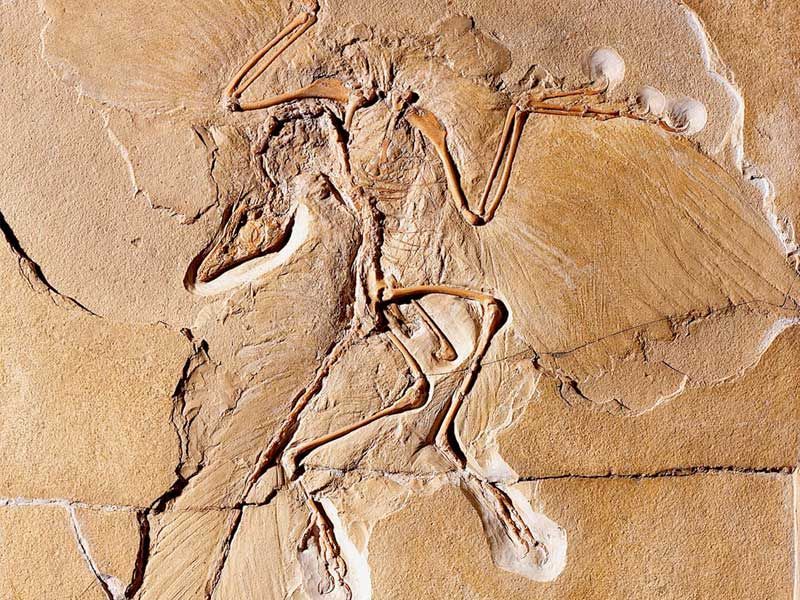
Discovered in Germany in 1861, Archaeopteryx created a scientific sensation with its bizarre combination of features. This crow-sized creature boasted feathered wings like modern birds but retained reptilian traits including teeth, a bony tail, and clawed fingers.
Archaeopteryx lived 150 million years ago during the Late Jurassic period, providing the most compelling evidence of the evolutionary connection between dinosaurs and today’s birds.
2. The Mammoth: A Giant Of The Ice Age
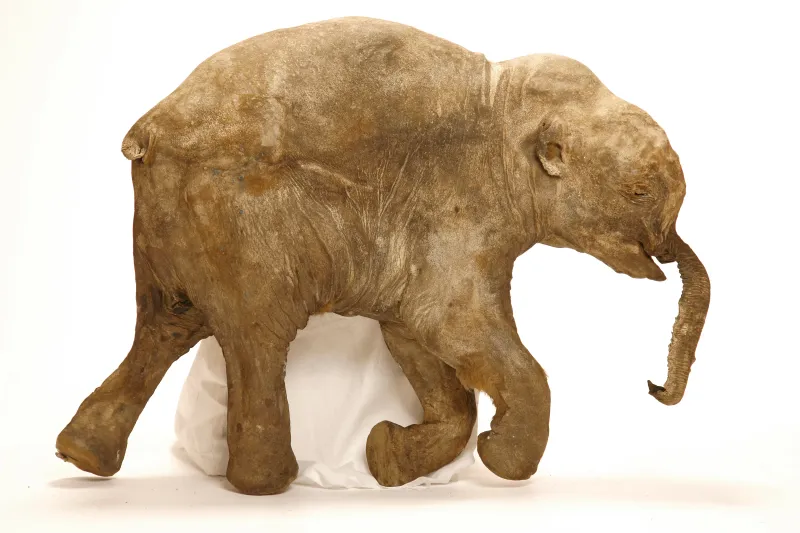
Frozen mammoths pulled from Siberian permafrost offer an unparalleled glimpse into Ice Age life. Unlike typical fossils, these specimens sometimes preserve intact skin, hair, and even stomach contents!
Scientists have recovered DNA from mammoth remains, helping us understand how these massive creatures adapted to extreme cold. Their tusks also contain growth rings that reveal details about seasonal changes and ancient climate patterns.
3. The Trilobite: An Ancient Marine Marvel
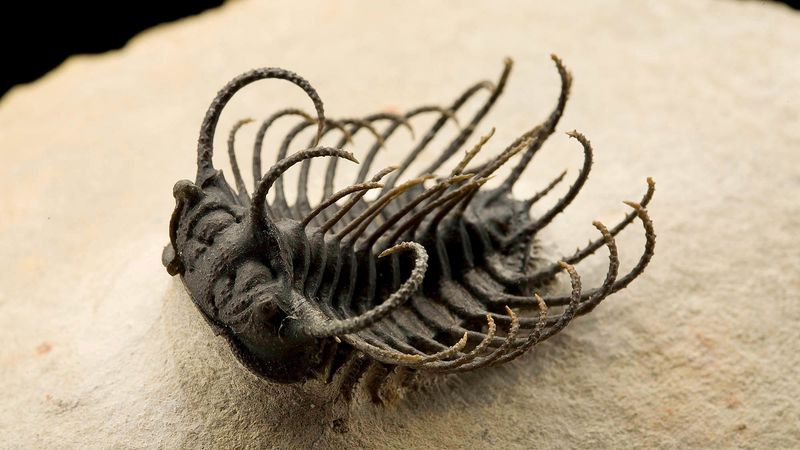
Half a billion years before dinosaurs, trilobites dominated Earth’s oceans. These armored arthropods sported compound eyes – some species had over 15,000 lenses per eye, outperforming most modern insects!
Trilobites thrived for 270 million years across the Paleozoic Era. Their abundant fossils serve as index fossils, helping geologists date rock layers and track the evolution of early life forms.
4. The Sabre-Toothed Tiger: Apex Predator Of Prehistoric Times

Those iconic 7-inch curved canines weren’t just for show! Smilodon fossils reveal these Ice Age predators had extraordinarily powerful forelimbs – twice as strong as modern lions – to immobilize struggling prey while delivering precise killing bites.
Tar pit discoveries at La Brea in Los Angeles have yielded over 2,000 Smilodon specimens, making this fearsome hunter one of our best-understood prehistoric carnivores.
5. The Dodo: An Extinct Symbol Of Human Impact
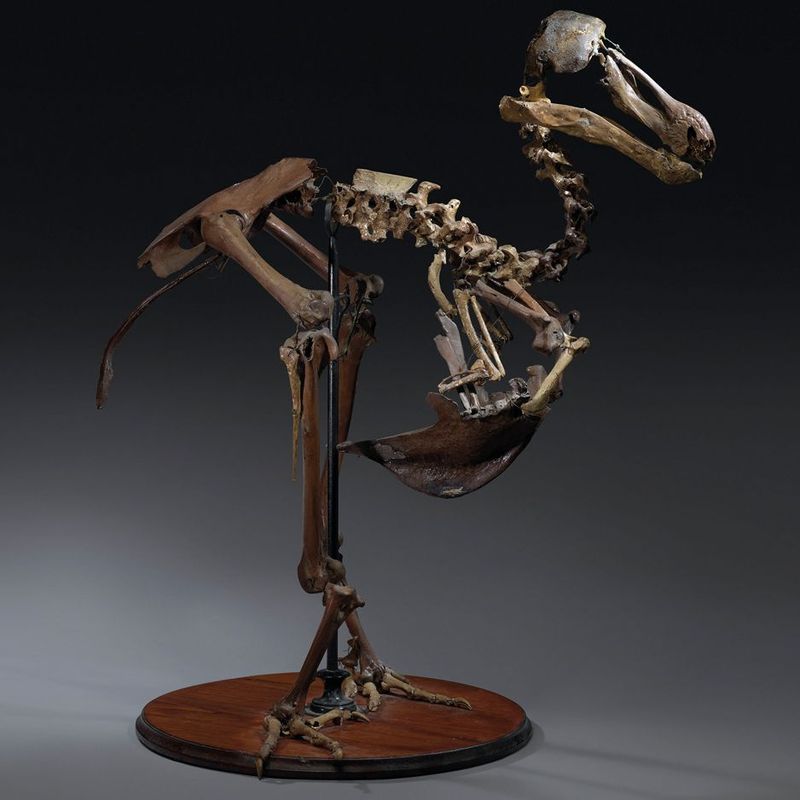
When sailors first encountered dodos on Mauritius in 1598, these flightless birds had no fear of humans – a fatal evolutionary mistake. Skeletal remains reveal they were related to pigeons but evolved in isolation, losing flight capabilities while growing to turkey size.
Complete dodo skeletons are incredibly rare, with only a handful existing worldwide. Their rapid extinction serves as a stark reminder of humanity’s destructive potential.
6. The Megalodon: A Prehistoric Ocean Beast
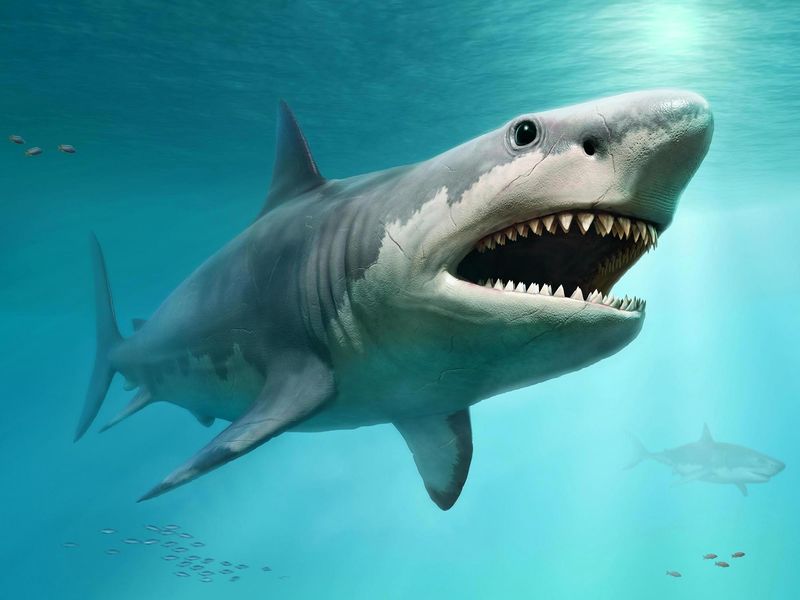
Megalodon teeth – some larger than a human hand – wash up on beaches worldwide, hinting at the sheer enormity of this ancient shark. By studying tooth arrangement patterns and rare vertebrae fossils, scientists estimate these ocean titans reached lengths of 50-60 feet!
Chemical analysis of megalodon teeth reveals they preyed on whales and other large marine mammals. Their extinction around 3.6 million years ago may have altered entire ocean ecosystems.
7. The Woolly Rhinoceros: The Giant Of The Ice Age
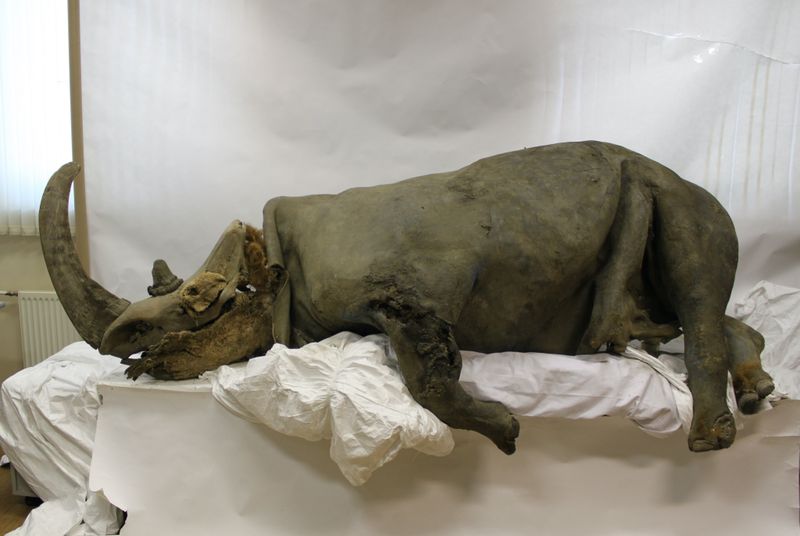
Frozen in Siberian permafrost for thousands of years, woolly rhinoceros mummies have emerged with intact fur, skin, and even stomach contents! Their thick shaggy coat and massive shoulder hump stored fat reserves for harsh winters.
Cave paintings created by early humans depict these impressive beasts in hunting scenes. Ancient DNA extracted from their remains helps scientists understand how Ice Age mammals adapted to extreme cold conditions.
8. The Hesperornis: A Fossilized Link Between Birds And Marine Life
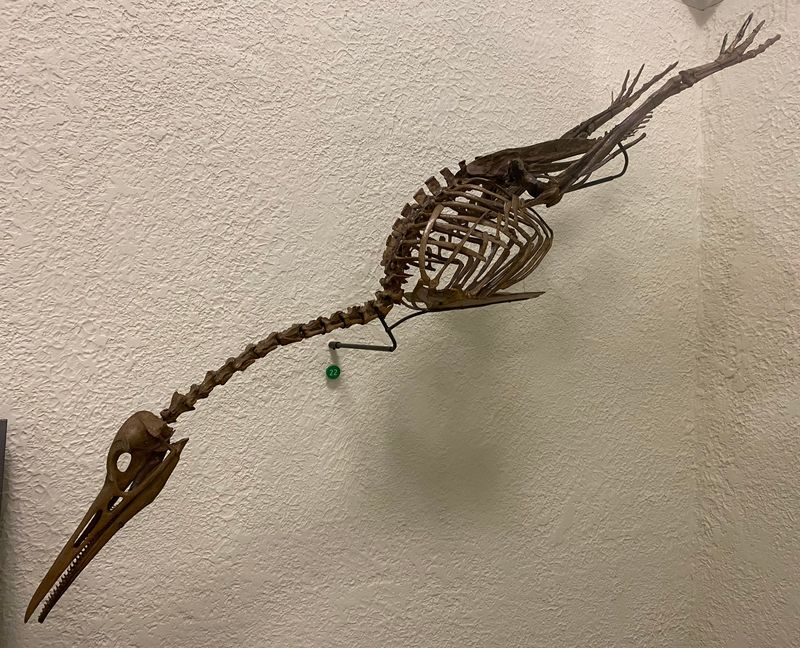
Imagine a loon-sized diving bird with teeth and flipper-like legs! Hesperornis fossils showcase an evolutionary experiment – birds returning to aquatic life during the Cretaceous period when dinosaurs ruled the land.
First discovered in Kansas (once covered by a vast inland sea), these remarkable fossils preserve traces of webbed feet and dense bones that helped these birds dive deeply. Their specialized anatomy demonstrates nature’s incredible adaptability.
9. The Coelacanth: A Living Fossil

For 65 million years, scientists thought coelacanths were extinct – until a living specimen turned up in a South African fish market in 1938! Fossil coelacanths closely resemble their modern counterparts, showing remarkably little evolutionary change.
Their fleshy, lobe-like fins contain bones arranged similarly to tetrapod limbs. This unique anatomical feature makes coelacanths crucial for understanding how vertebrates transitioned from water to land environments.
10. The Deinonychus: A Powerful Carnivorous Dinosaur
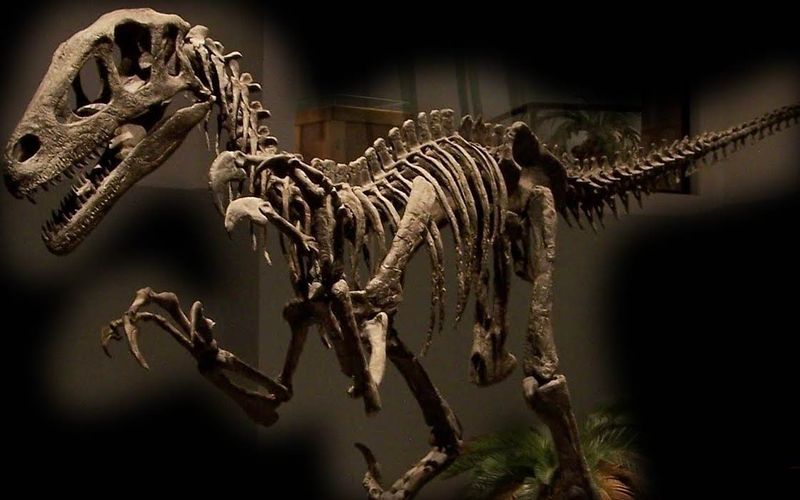
Forget what you’ve seen in movies – the real-life raptors were even more fascinating! Deinonychus fossils display a large, sickle-shaped claw on each foot, used to slash and disembowel prey with devastating efficiency.
Multiple specimens found together suggest these agile predators hunted in coordinated packs. Their discovery in the 1960s revolutionized our understanding of dinosaurs, transforming the popular image from slow, lumbering reptiles to active, possibly warm-blooded animals.
11. The Plesiosaur: A Marine Reptile Of The Mesozoic Era

With their snake-like necks and turtle-shaped bodies, plesiosaurs captivated Victorian scientists when first discovered. Some specimens preserve stomach contents showing fish scales and cephalopod hooks – a prehistoric last meal frozen in time!
Female plesiosaur fossils have been found with developing embryos inside, proving these creatures gave live birth rather than laying eggs. This reproductive strategy is unusual for reptiles but makes sense for air-breathing marine animals.
12. The Ichthyosaur: An Ancient Marine Predator
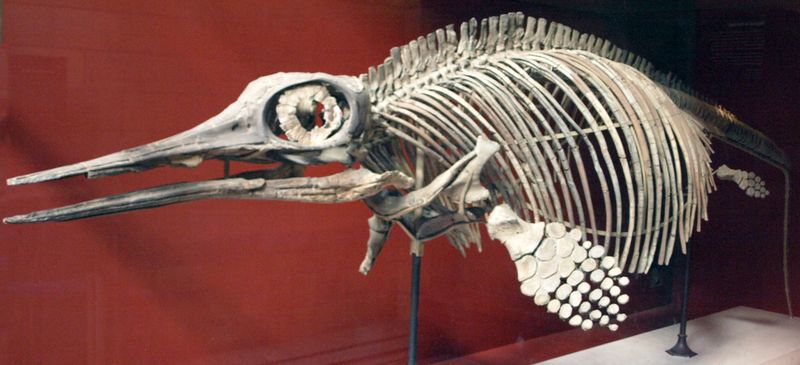
Perfectly streamlined for underwater speed, ichthyosaurs evolved a body shape remarkably similar to modern dolphins – despite being reptiles! This classic example of convergent evolution shows how unrelated animals develop similar adaptations when facing the same environmental challenges.
Extraordinarily well-preserved specimens from Germany and England sometimes include outlines of soft tissues, revealing these creatures had dorsal fins and tail flukes not supported by bone.
13. The Ancient Horse: Evolution In Motion
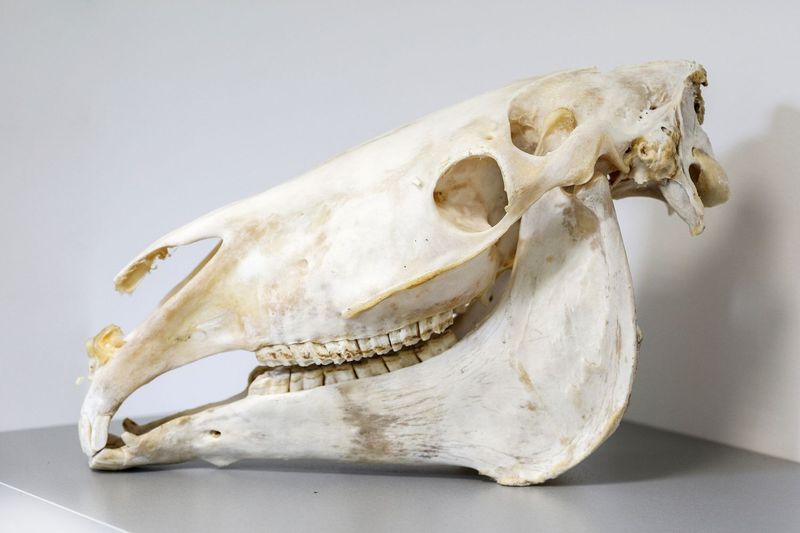
The earliest horse fossils reveal a surprising ancestor – a fox-sized forest dweller with multiple toes instead of hooves! Over 55 million years, horses evolved from these small browsers to the large, single-toed grazers we know today.
This spectacular fossil record documents not just physical changes but also shows how horses adapted to shifting environments as forests gave way to grasslands. Their teeth transformed from those designed for soft leaves to specialized grinders for tough grasses.
14. The Giant Ground Sloth: A Prehistoric Herbivore
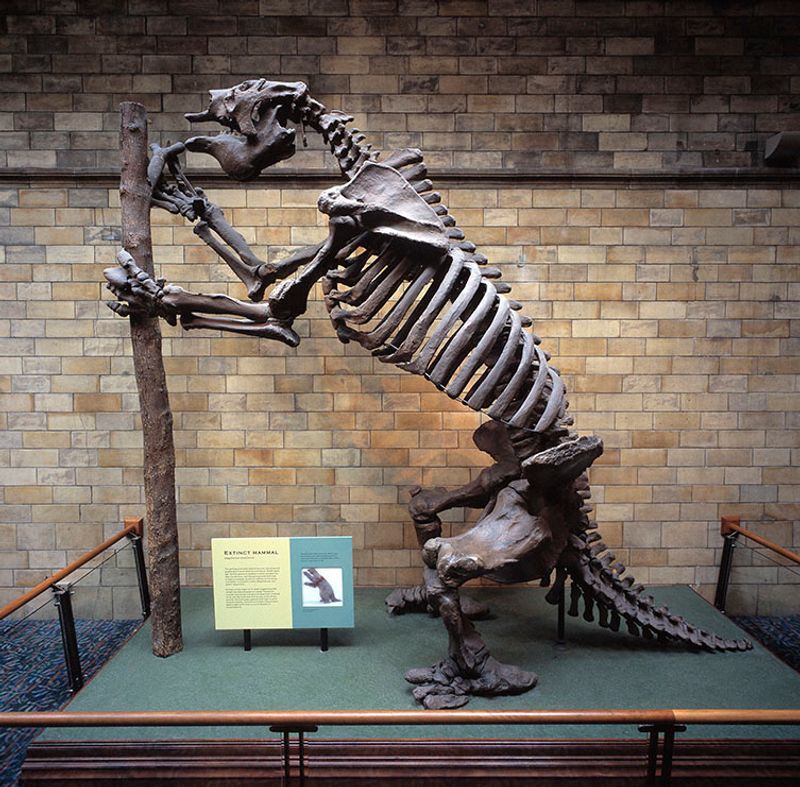
Standing nearly 20 feet tall when reaching for treetop leaves, Megatherium was a vegetarian colossus that roamed South America until surprisingly recent times. Some fossils show evidence of human hunting, suggesting our ancestors encountered these gentle giants.
Unlike today’s tree-dwelling sloths, these massive ground-dwellers had thick, elephant-like legs and powerful claws. Their fossilized dung provides direct evidence of their plant-based diet and helps reconstruct ancient ecosystems.


